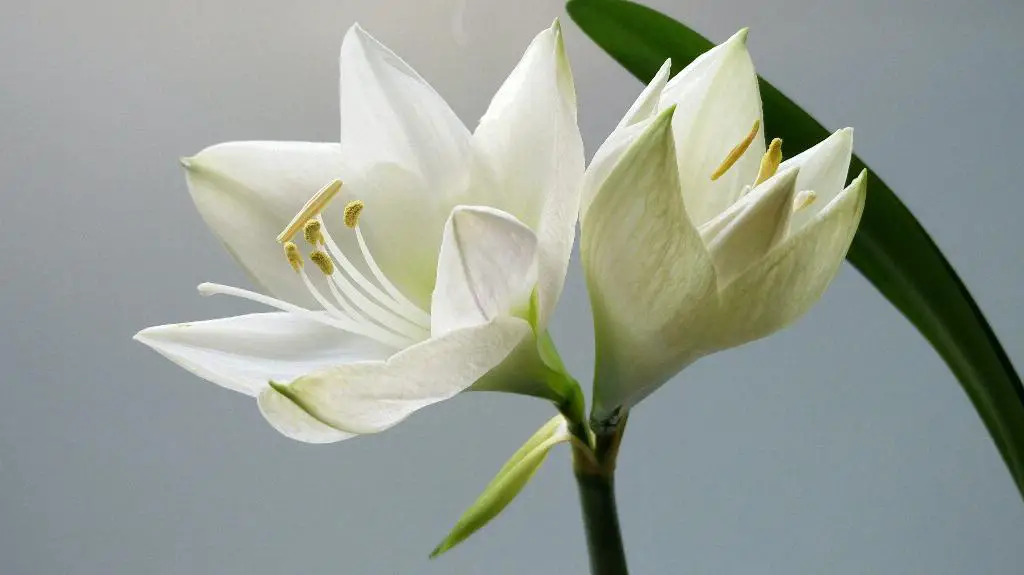Calla Lilies, with their elegant, trumpet-shaped blooms, are a popular choice for gardeners looking to add a touch of sophistication to their outdoor spaces. One common question that often arises is whether Calla Lilies are perennial plants.
It’s important to note that Calla Lilies are indeed perennial plants. In regions with milder climates, specifically Zones 8–10, these exquisite flowers have the potential to bloom year after year, bringing a burst of color and beauty to your garden.
However, for those residing in cooler Zones where winter frosts pose a threat to tender plants, some extra care and consideration are needed to ensure the survival of Calla Lilies during the colder months.
Many gardeners in these cooler Zones opt to treat Calla Lilies as annuals instead of perennials. This means they are grown for a single season and then allowed to naturally die off before being replanted in the following year, avoiding the challenge of protecting them through the winter.
For those committed to growing Calla Lilies as perennials, it’s essential to take steps to ensure their survival during the winter. This may involve providing extra insulation or moving potted plants indoors when temperatures drop significantly.
Another factor to consider when determining the perennial nature of Calla Lilies is the soil quality and drainage in your garden. These plants prefer well-draining soil that is rich in organic matter to thrive and return year after year with their stunning blooms.
Proper watering is also crucial for the long-term health of Calla Lilies. While they enjoy moist conditions, they do not tolerate waterlogged soil, which can lead to root rot and ultimately the demise of the plant.
When it comes to sunlight, Calla Lilies thrive in partial shade to full sun, making them versatile additions to various garden settings. Adequate sunlight exposure is essential for their growth and flowering potential.
Regular fertilization can also aid in promoting the perennial nature of Calla Lilies. A balanced fertilizer applied during the growing season can help provide the necessary nutrients for healthy growth and robust blooming.
Despite their perennial status, Calla Lilies may benefit from occasional division to rejuvenate the plants and maintain their vigor. Dividing clumps every few years can prevent overcrowding and improve overall plant health.
In conclusion, while Calla Lilies are indeed perennial plants that offer enduring beauty in the garden, their successful cultivation as perennials may vary depending on climate, care practices, and environmental factors. By understanding the specific needs of Calla Lilies and providing them with the proper care, you can enjoy these exquisite flowers year after year in your outdoor spaces.

